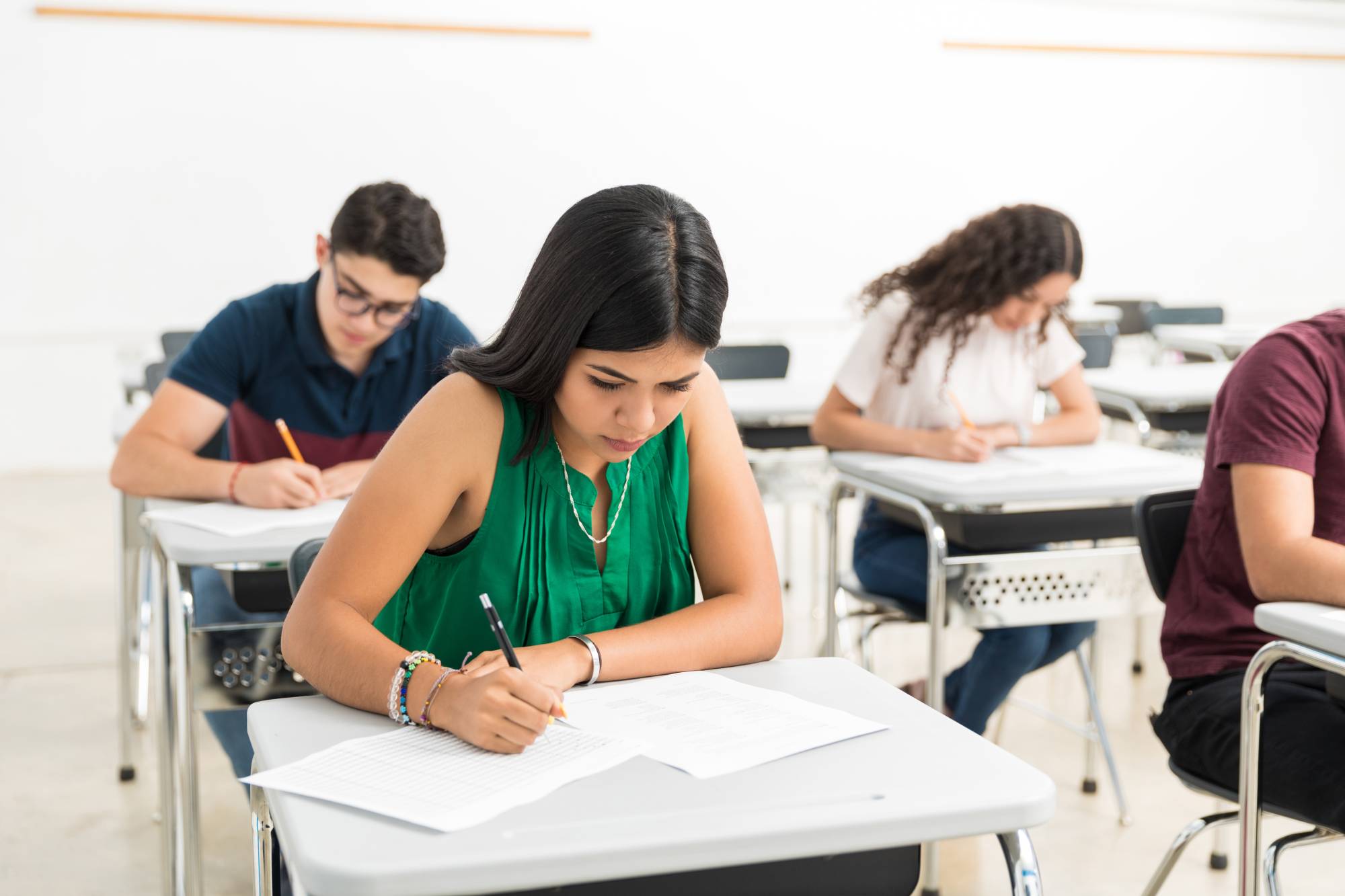Schools around the world are trying to figure out what education in the time of COVID-19 will look like — and specifically how, where personal contact isn’t possible, to monitor and assess students’ progress. The experience of Hadrien Pellous, a high school senior in London, offers a caution: Don’t leave it up to an algorithm.
Pellous attended one of the more than 3,000 schools — most in the United States — that offer a standardized curriculum managed by a Geneva-based organization called the International Baccalaureate. The program includes high-stakes final exams, which typically account for 80 percent of the final grade in a subject and can thus decide a student’s college prospects. When the coronavirus pandemic made in-person testing too risky, the organization cancelled the exams and replaced them with something very different: a statistical model designed to predict how students would have done.
In opting for a model, the International Baccalaureate was following a global trend. Statistical models are increasingly being used in high-stakes areas, such as assessing teachers and deciding who gets parole, on the grounds that they offer objectivity. All too often, though, they employ variables that are biased or out of the subject’s control — such as flawed baseline test scores or the zip code where a person grew up. Also, they’re often opaque, leaving people with little sense of how exactly they operate and even less recourse to correct errors.
















With your current subscription plan you can comment on stories. However, before writing your first comment, please create a display name in the Profile section of your subscriber account page.